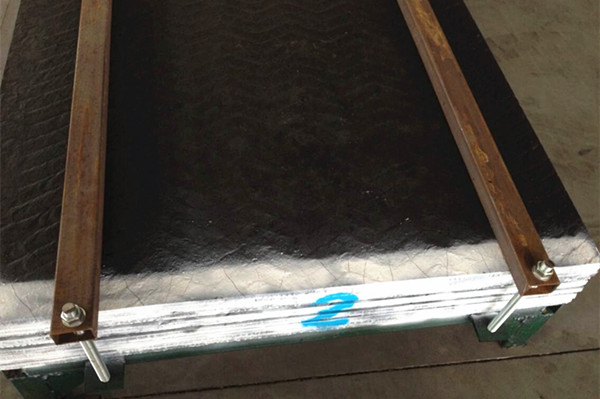Yes, in real life, people came into contact for the first time with wear resistant steel plate, they always ask, why there are cracks on the steel plate surface ? Is it acceptable per practice ? Or does it a unqualified products after welding, and whether can be applied into applications?
The cracks are typical in this material and caused by stress relief due to hardness. If there were no cracks, I would be concerned. The cracks should be somewhat uniform and not of any considerable length. They should not propagate into the mild steel plate.

Actually, wear resistant steel plate is welded with efficient metallurgical combination, we have high hardness self protection alloy wire uniformly welded on the substrate plate by open arc CNC automatic welding machine, uniform transverse crack appears during hardfacing process due to different alloy contraction ratio, hardfacing process due to different alloy contraction ratio, this is prominent features of bimetallic wear resistant steel.
1.Formation of cracks: release of welding stress
2.Crack size: we can find a transverse crack every 10-15 mm
3.No crack: not high chromium carbide alloy, poor wear resistant performance
4.A small interval: stress release is not enough, alloy layer was peeling off
5.Large Interval or crack: this would create a bad wear resistant function
6.Crack acceptance standard: 8-10 cracks within the area of 100*100mm




